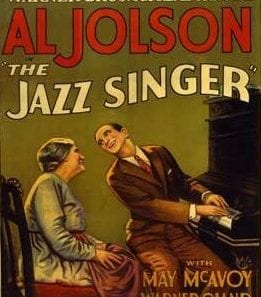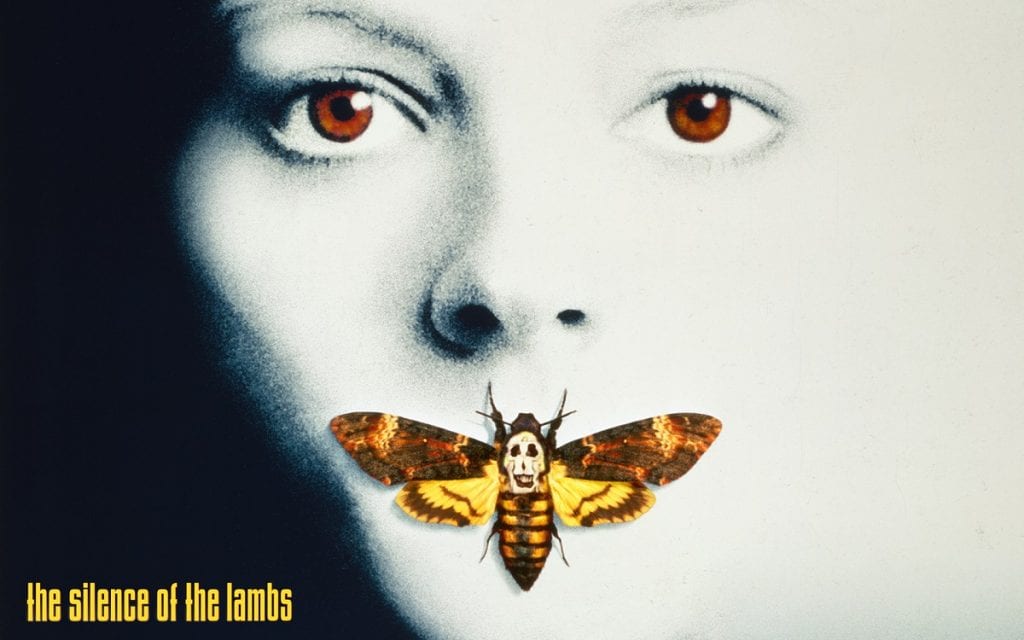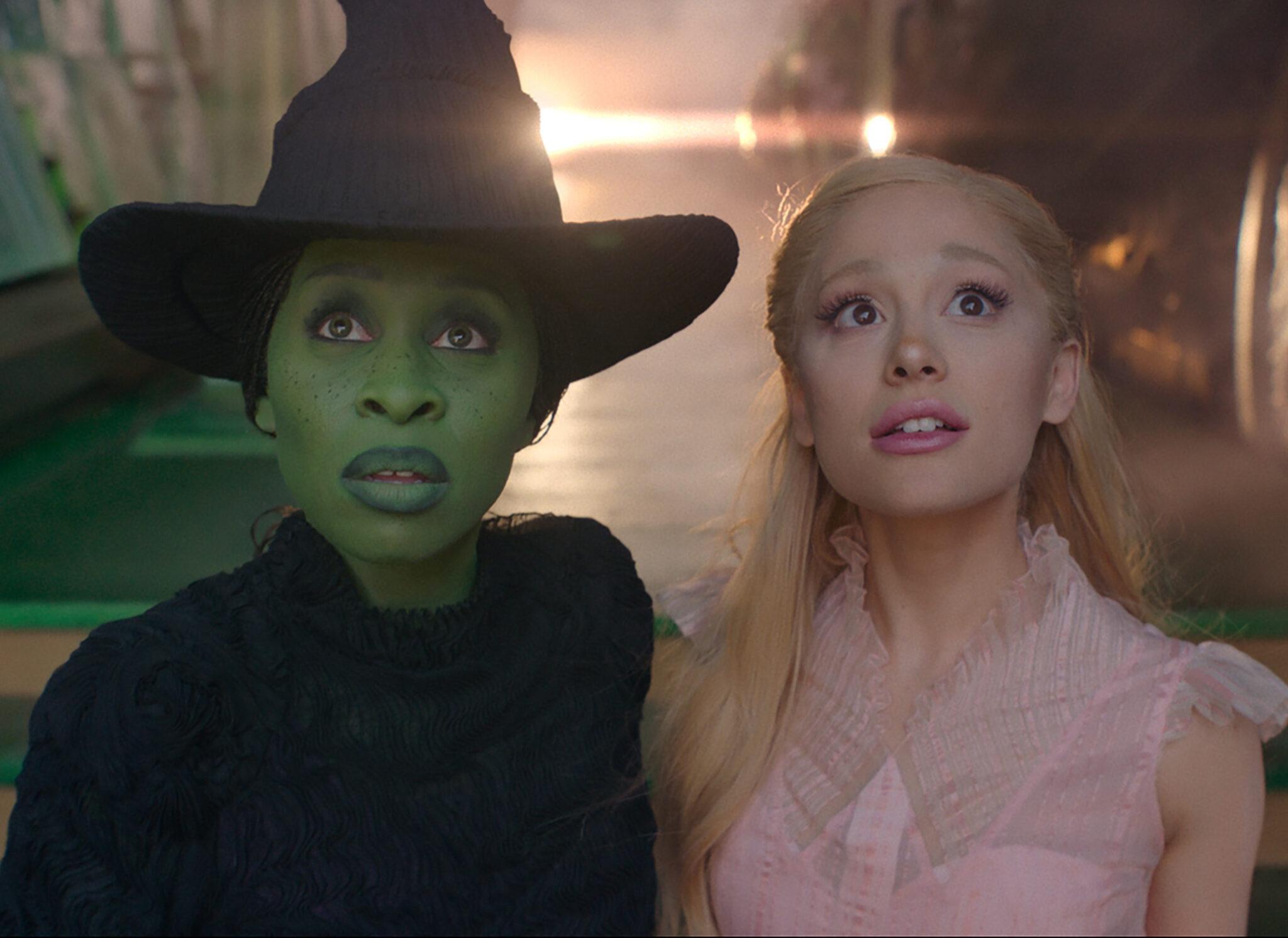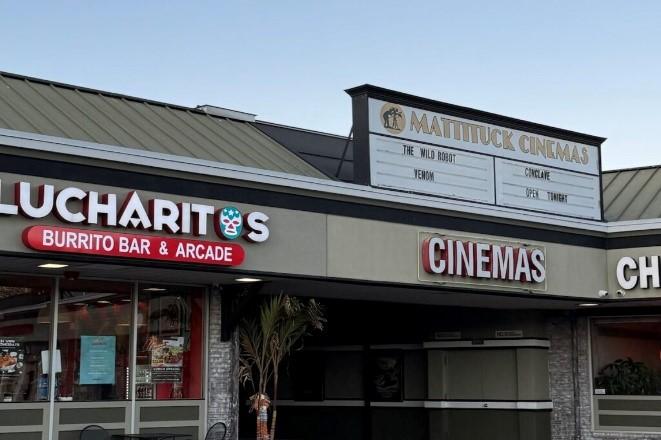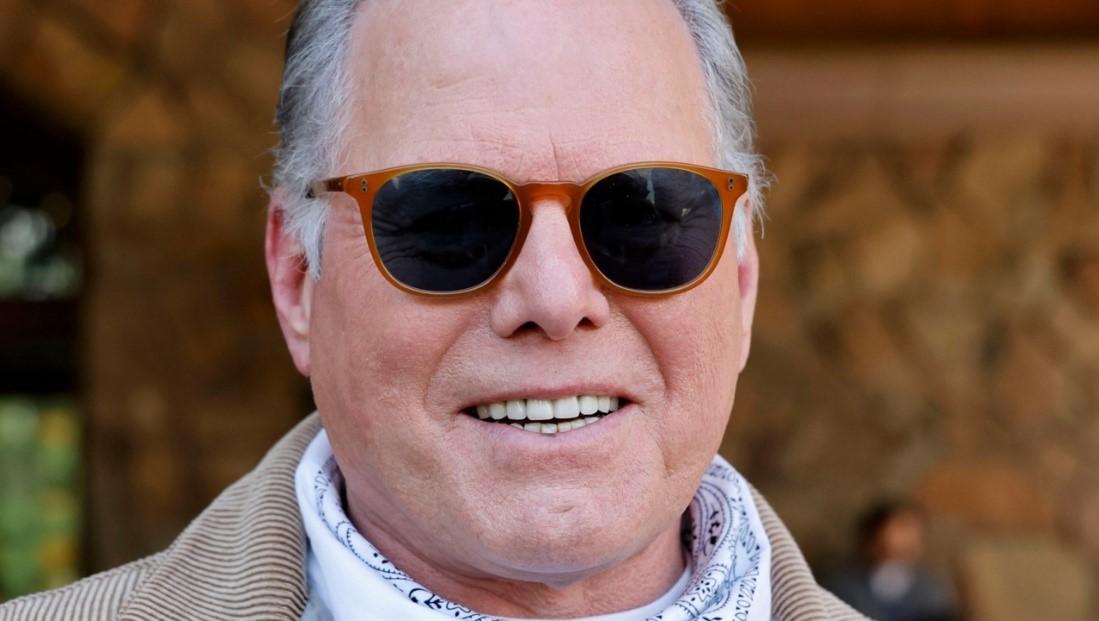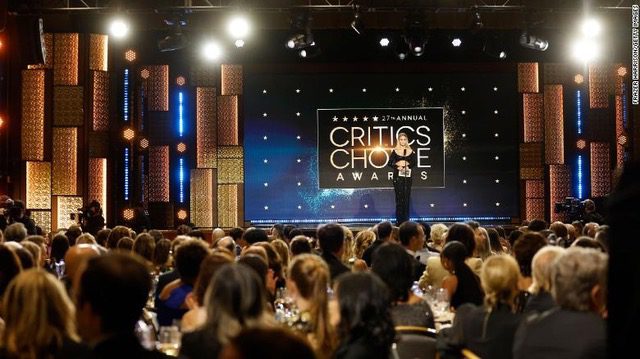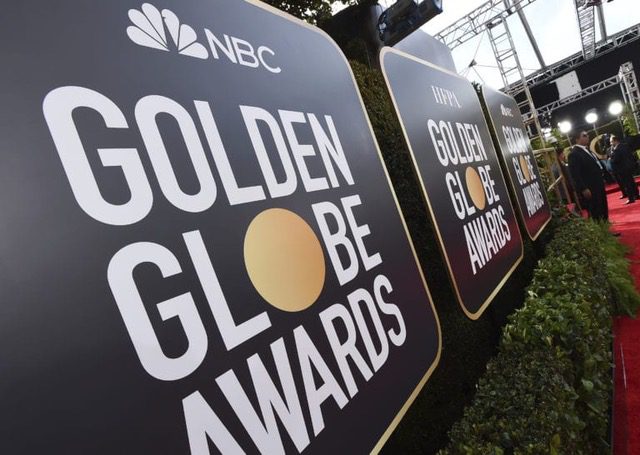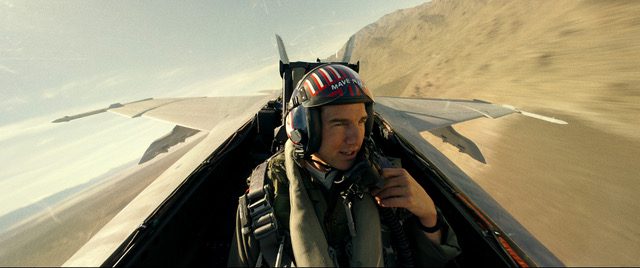Movie libraries, which are now Hollywood’s buried treasure, once had almost no value.
In the silent days, there was nothing else to do with films after they played in theatres, so they were stored in vaults. During the 1930s & ’40s, moviegoers’ huge appetite for new films had theatres changing their bills twice a week. Nobody wanted to see old movies.
When television emerged in the late ’40s & early ’50s as a phenomenally popular free home entertainment, it needed content to fill hours of airtime. At first, efforts to lease the studios’ old movies failed because Hollywood considered television its mortal enemy. But the studios were financially distressed as movie attendance plummeted thanks to TV. The tide finally turned in February 1956 when Jack Warner raised a much-needed $21M by selling the TV rights to all of Warner Bros.’ pre-1950 films (pictured – 1927’s THE JAZZ SINGER) to Associated Artists Productions.
But it was a 1955 deal that WB did with the fledgling ABC-TV network for a weekly program called WARNER BROS. PRESENTS that foreshadowed today’s library deal where the object is to acquire IP from which new content can be created.

